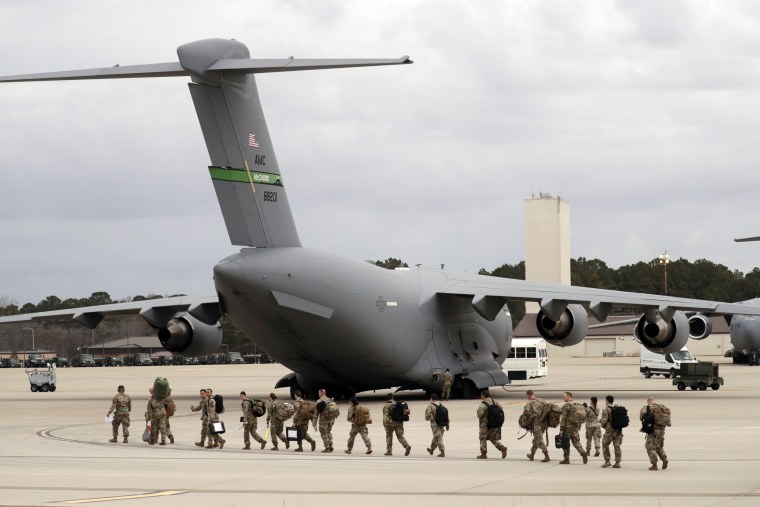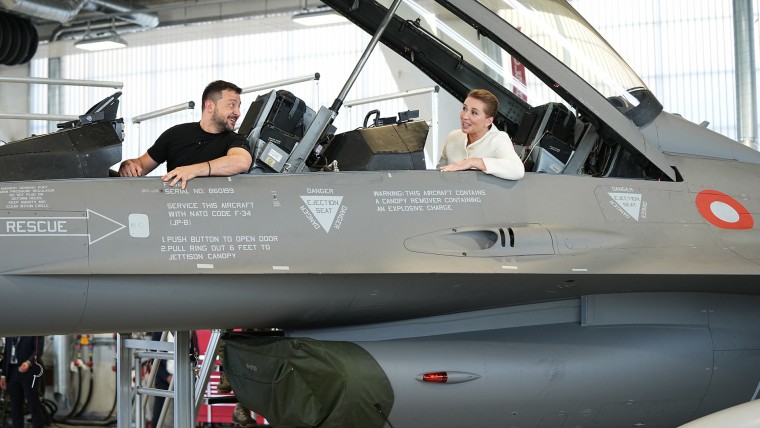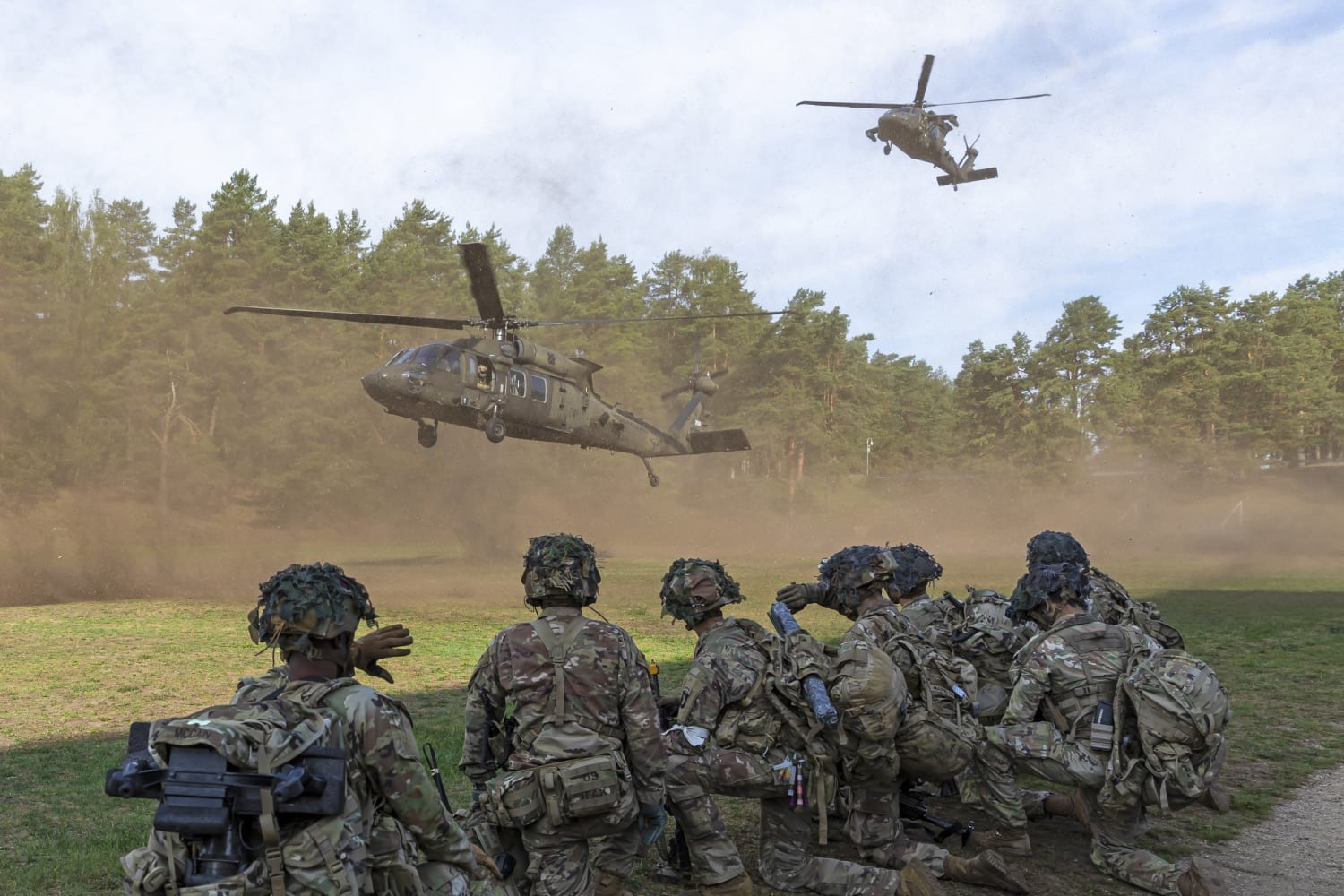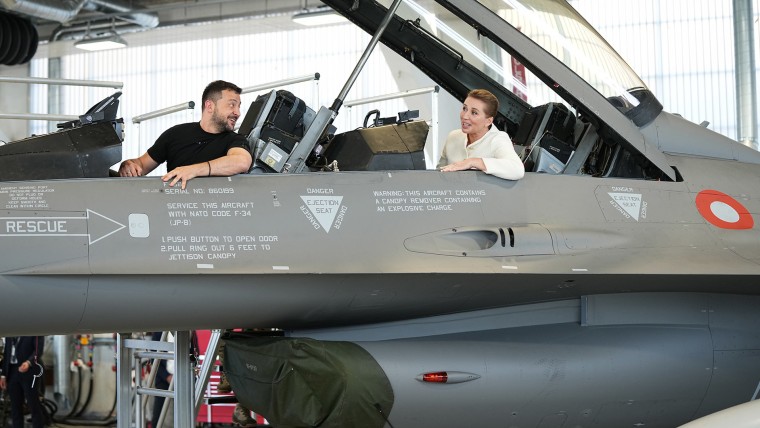Pentagon officials have been debating whether to replace more than 4,000 U.S. troops deployed to Eastern Europe to support NATO countries and deter Russia, with some arguing their presence is no longer necessary, according to three defense officials.
In early 2022, the Pentagon began sending additional U.S. troops to NATO allies in Eastern Europe amid concerns that Russia would invade Ukraine. The goals were to deter Russia from invading, to reinforce the U.S. presence in the region, and to shore up allies concerned that Russia’s conflict with Ukraine could spill across their borders. Since then, the units have been replaced twice, each time by a headquarters element and a brigade combat team.
The Army announced the current deployment, approximately 500 soldiers from the 10th Mountain Division Headquarters and 3,800 from the 1st Brigade Combat Team, 101st Airborne Division, on March 7. Their job has been to “ensure that the United States continues to be well positioned to provide a robust deterrent and defensive posture alongside our allies across the European continent,” according to the Army statement about the deployment.
Those soldiers are expected to return home in early 2024. But as Pentagon officials look at options for which units could assume the mission next, there is a debate about whether to replace them at all. Some Pentagon officials argue that the troop presence has not deterred Russia and is not necessary, and that the troops and funds could be used elsewhere, according to the three defense officials.
Other U.S. military officials have argued that the continued presence is important to show support for NATO and allies, and to ensure Russia knows the United States is not turning away from Ukraine, the officials said.

Now, according to the three officials, uniformed military officials in the Pentagon are recommending to Defense Secretary Lloyd Austin that he send another rotation of troops, while some policy officials are advising that he not replace them when their deployments end. A third option would be for Austin to replace a portion of the 4,300 troops but not all of them.
In a statement Thursday night, Marine Corps Lt. Col. Garron J. Garn, a Defense Department spokesman, said, “We have no force posture announcements to make today but our commitment to NATO and our European Allies and partners is ironclad. We continue to work with our Allies and partners to determine the appropriate capabilities necessary to bolster our deterrence and defensive presence along NATO’s eastern flank. We will continue to evaluate our posture as conditions evolve, leveraging the flexibility of both forward stationed and deployed forces, and will consult closely with NATO Allies to ensure an appropriate collective posture of deterrence and defense.”
Source: | This article originally belongs to Nbcnews.com











